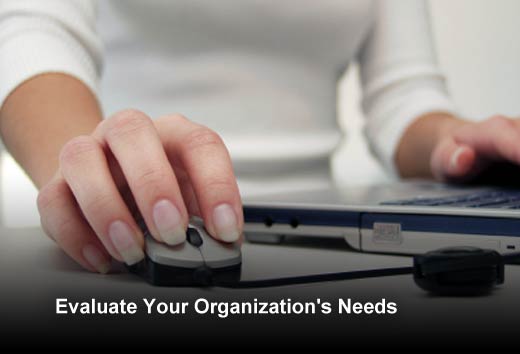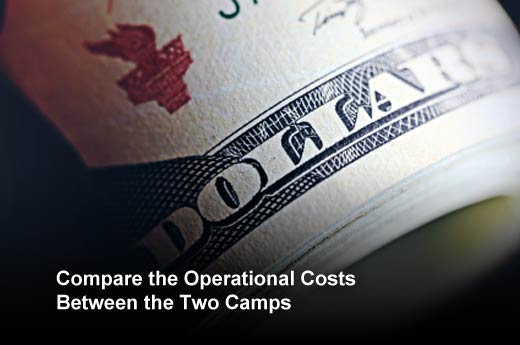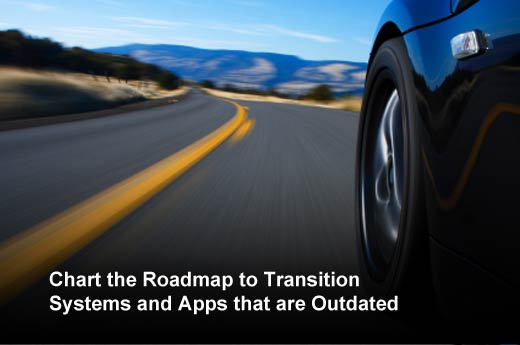IT is a critical component of modern organizations, and similar to other areas of business, has adopted multiple cloud applications to automate and streamline business processes and deliver greater efficiency. It’s always a challenge balancing resources and investment dollars to walk the line between keeping the core legacy systems up and running while still integrating new technologies to keep the business agile and competitive. Last year, Gartner coined a new term — bimodal IT — to describe an organizational model that enterprise IT organizations take with regard to their technology infrastructure and innovation. It describes two kinds of approaches:
- Type 1 is focused on stability and efficiency. It’s a deliberate, consensus-driven, and slow moving process and often involves technology core to the business.
- Type 2 is experimental, agile, less risk averse, and fast-to-market. Type 2 technologies are often business applications, but they can be core technologies as well.
IT Business Edge recently spoke with Simon King, senior director of product marketing and strategy at Numerify, on how these agile companies will succeed using the Type 2 approach, where legacy-entrenched enterprises will not. In this slideshow, he discusses how enterprise IT leaders can approach infrastructure and innovation, as the role of IT continues to evolve, to maintain a competitive advantage.
Tips for Maintaining a Competitive IT Advantage
Click through to see how agile companies will succeed with a bimodal IT model, as identified by Simon King, senior director of product marketing and strategy at Numerify.
Evaluate Your Organization’s Needs
Every IT organization has some mix of Type 1 and Type 2 approaches, mix being the keyword. Most large enterprises skew to Type 1 with a big investment to maintain legacy infrastructure, while most start-ups and smaller organizations skew to Type 2 and opt for cloud-based services and applications. As departments across the enterprise, such as marketing or HR, become more data-driven and seek to hire data specialists and invest in analytics platforms, IT must lead the way to adopt new technologies that best fit their organization’s needs.
Compare the Operational Costs Between the Two Camps
The bimodal IT model implies that a different set of expectations and approaches is necessary for IT to meet increasing business needs. When comparing the two, IT leaders should assess the total cost at the pace of customization and integration to determine which type is best for their organization. Measuring support costs and operational cadence to determine which items are best suited to make the move is also an important aspect of preparing for implementation.
Chart a Transition Roadmap
Chart the Roadmap to Transition Systems and Apps that are Outdated
Once IT leaders have assessed the pros and cons for best strategies, they should then consider the application technologies needed to meet those specific business needs and what their infrastructure should look like. In charting this roadmap, IT leaders need to be able to move between the differing states of operation at appropriate times and for the right projects.
Experiment with Several Solutions
Experiment with Several Solutions at the Same Time to See Which Takes Hold
This approach is not only less expensive and time consuming compared to a big evaluation process, but it also delivers the best results. Because IT has become more crucial to the operations of all businesses, more companies should experiment with different modes of operations in an effort to respond better and faster to demands.
Market the New Solutions Internally
Adoption of new systems is critical to a successful rollout. Stay accountable to other departments by clearly marketing new IT services and successes through a variety of internal and external activities. Consider sharing monthly reports across the enterprise to outline progress, challenges and opportunities within the IT function.








